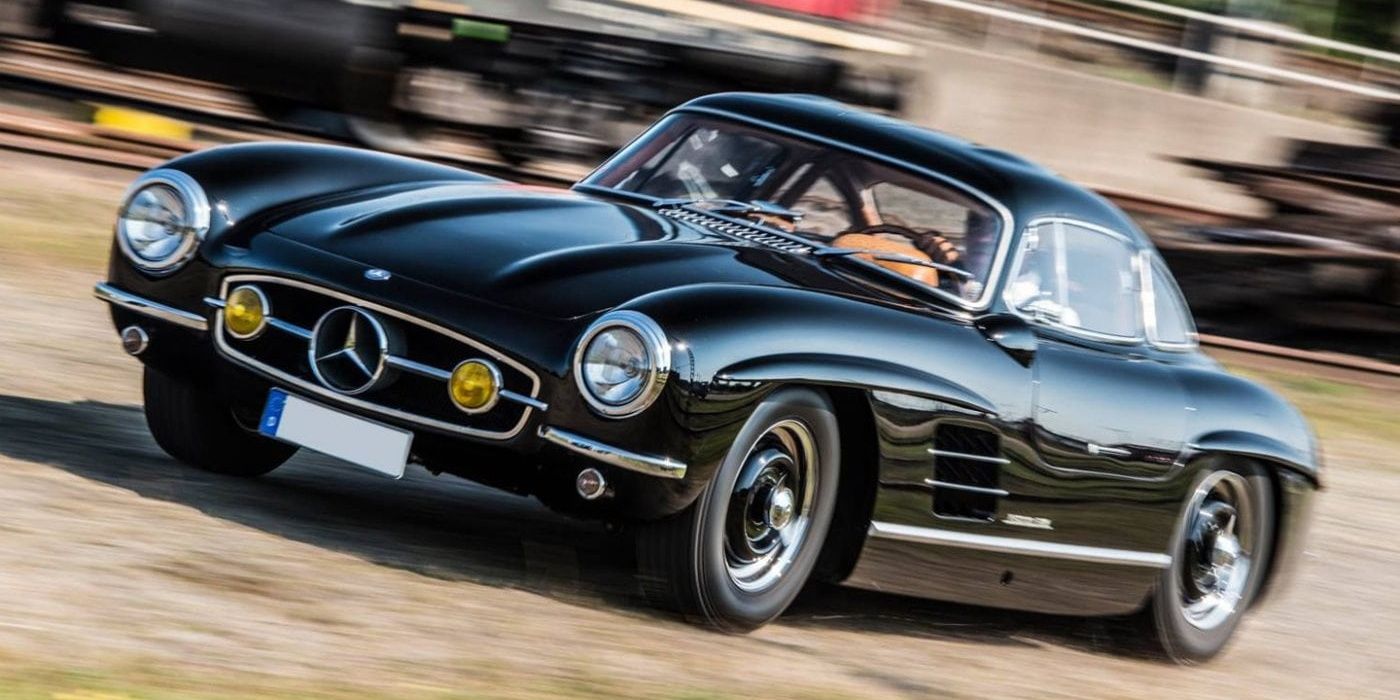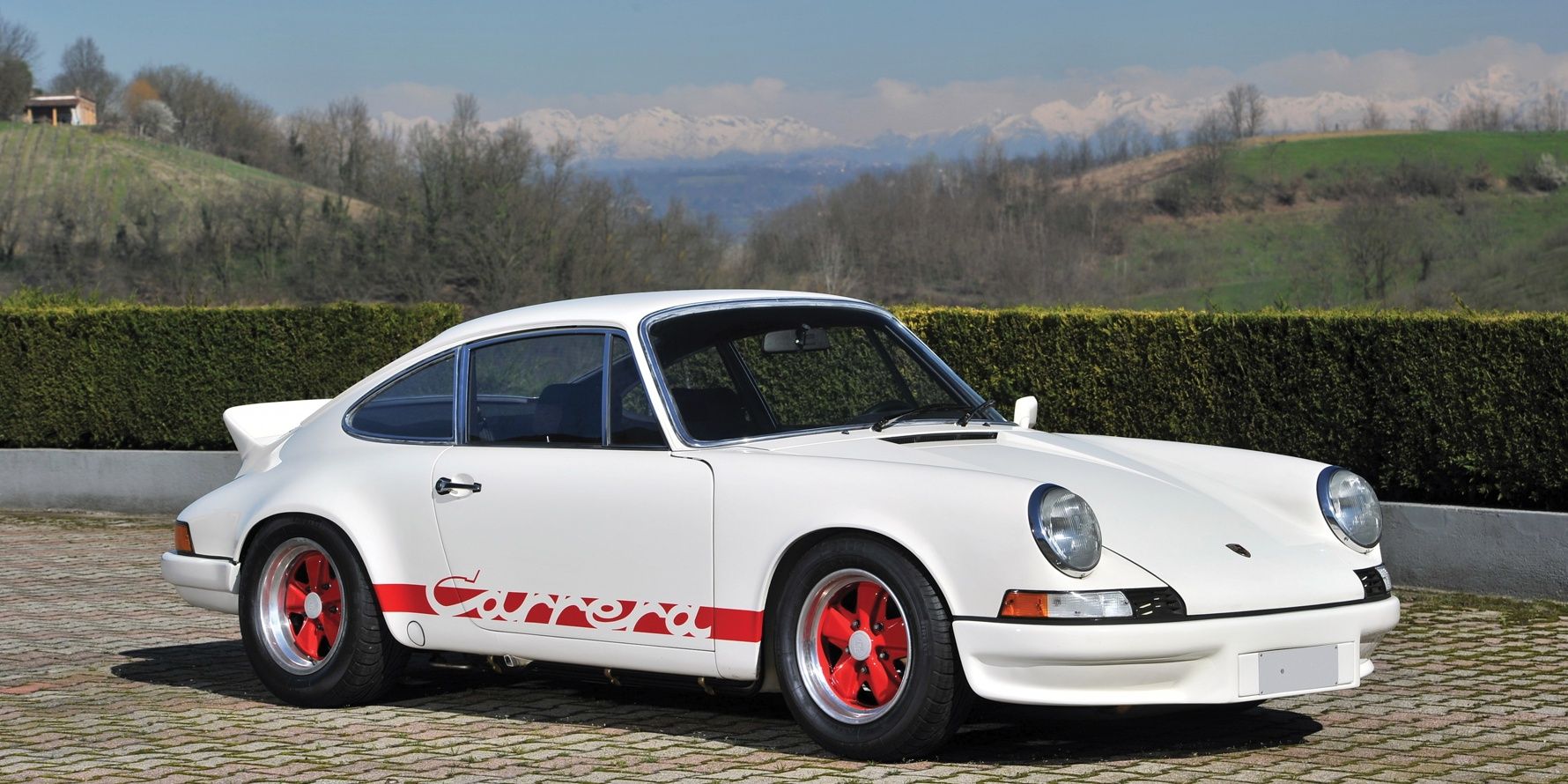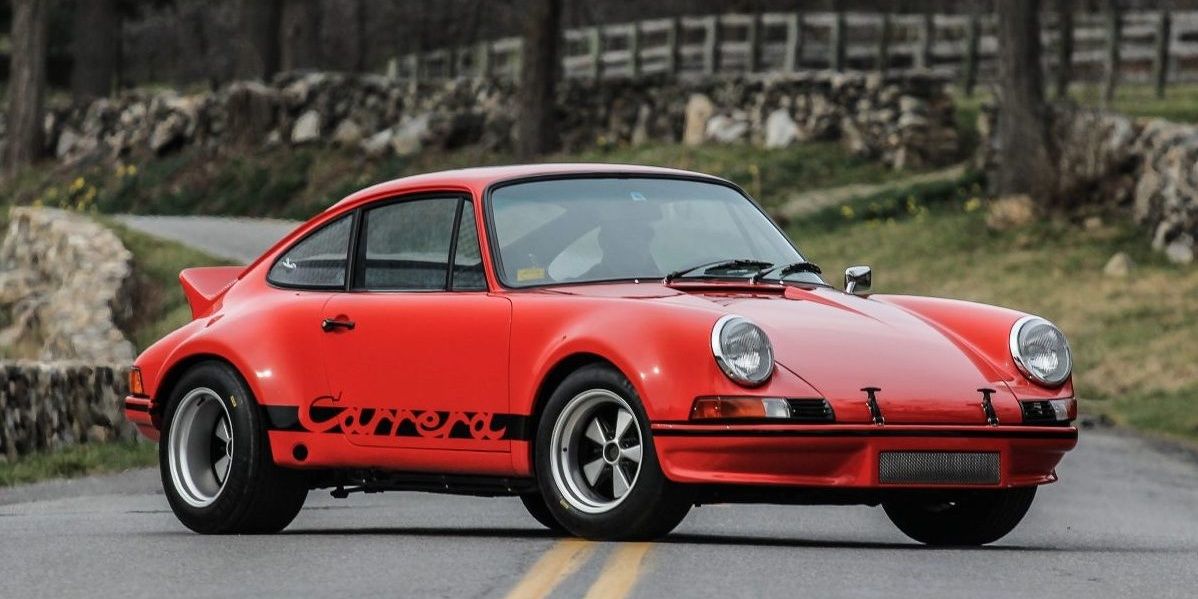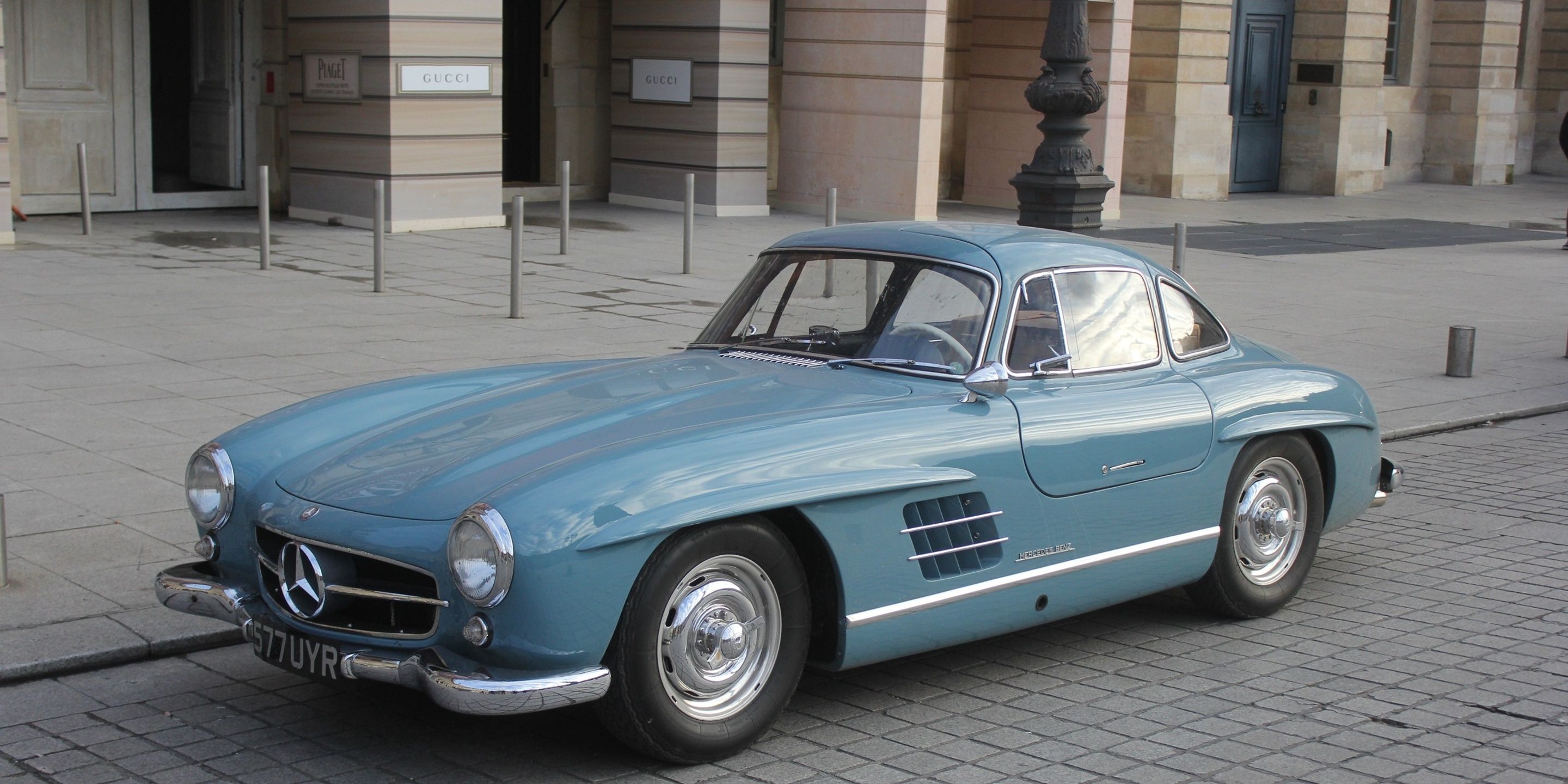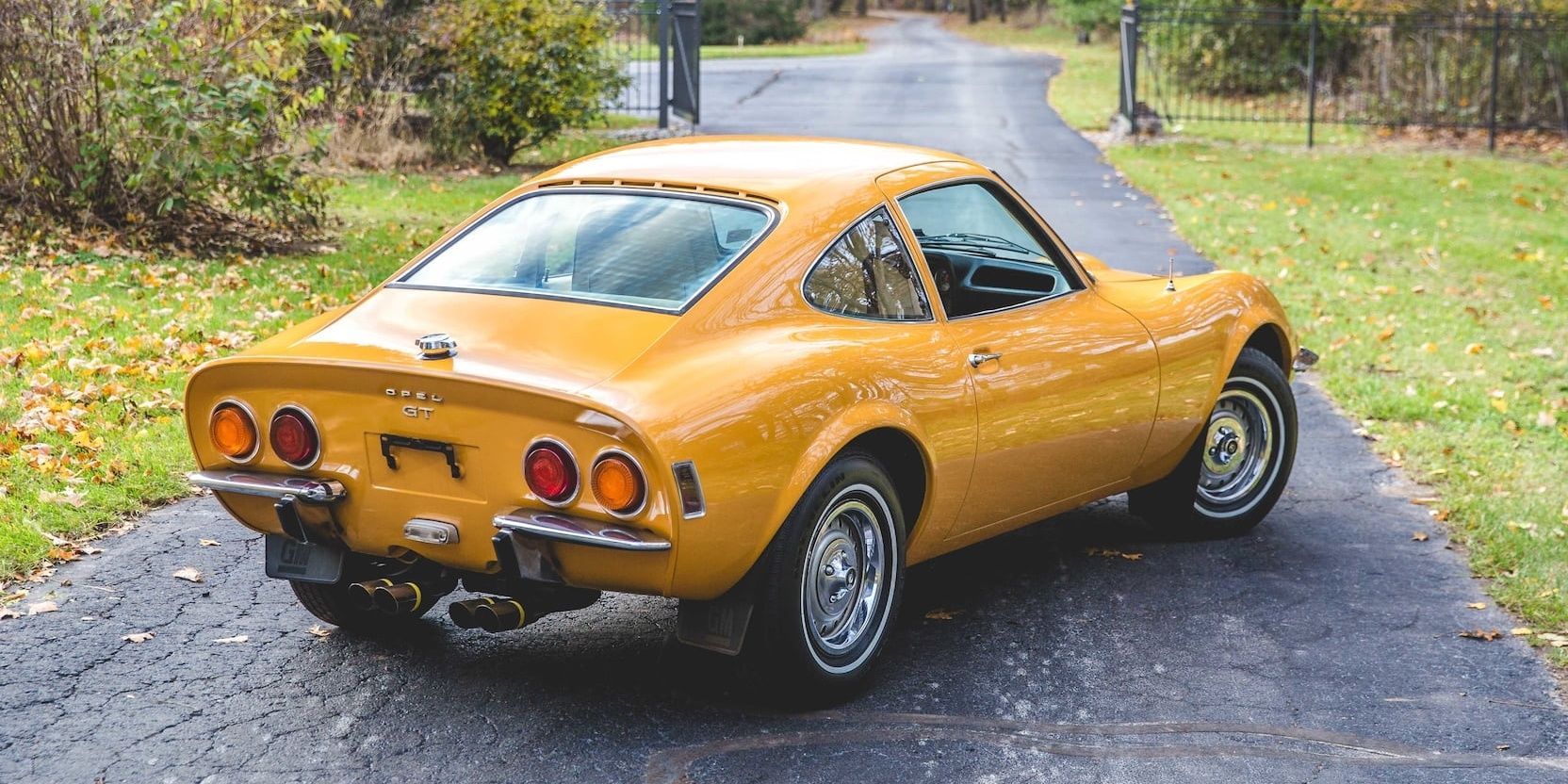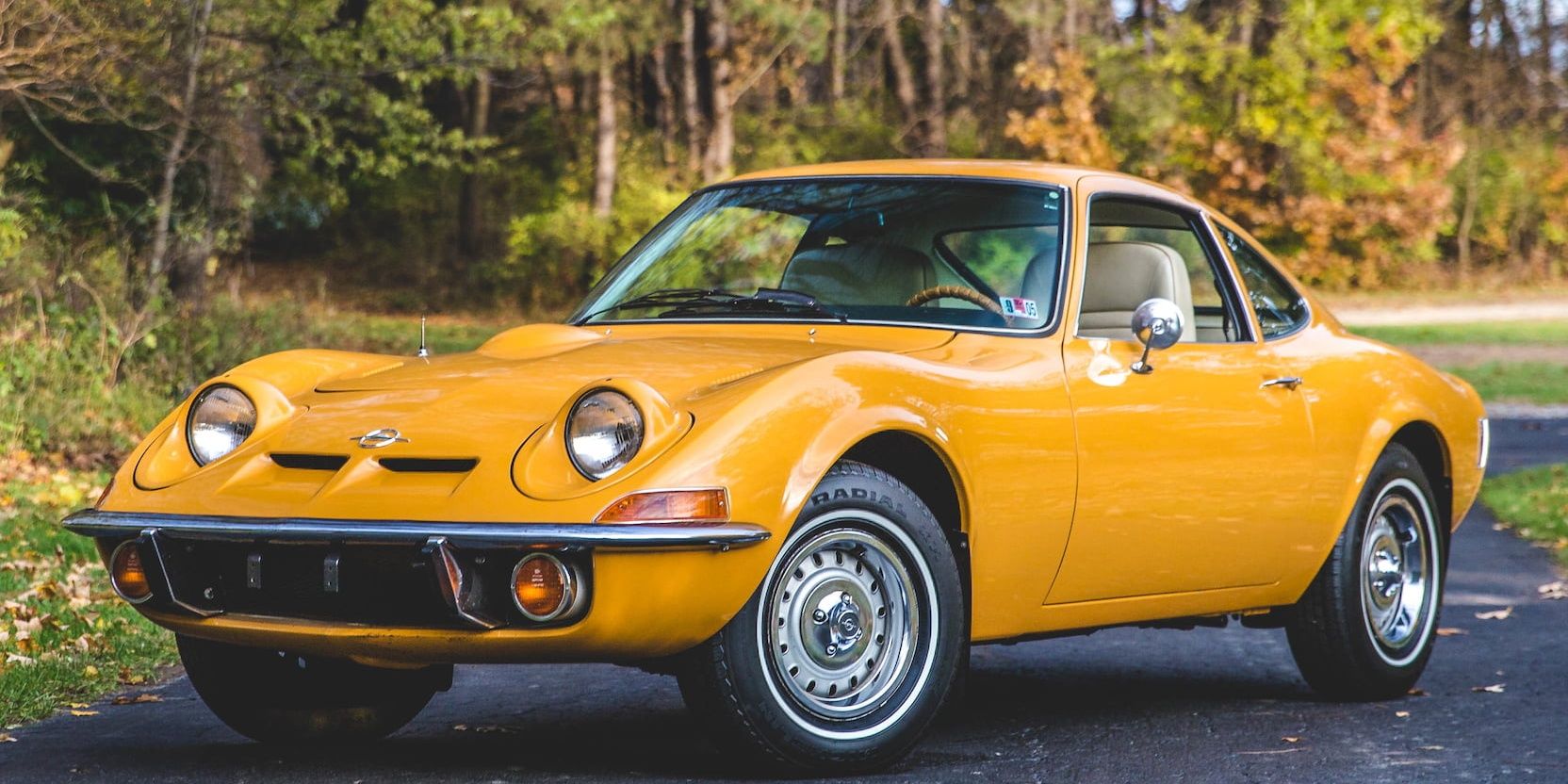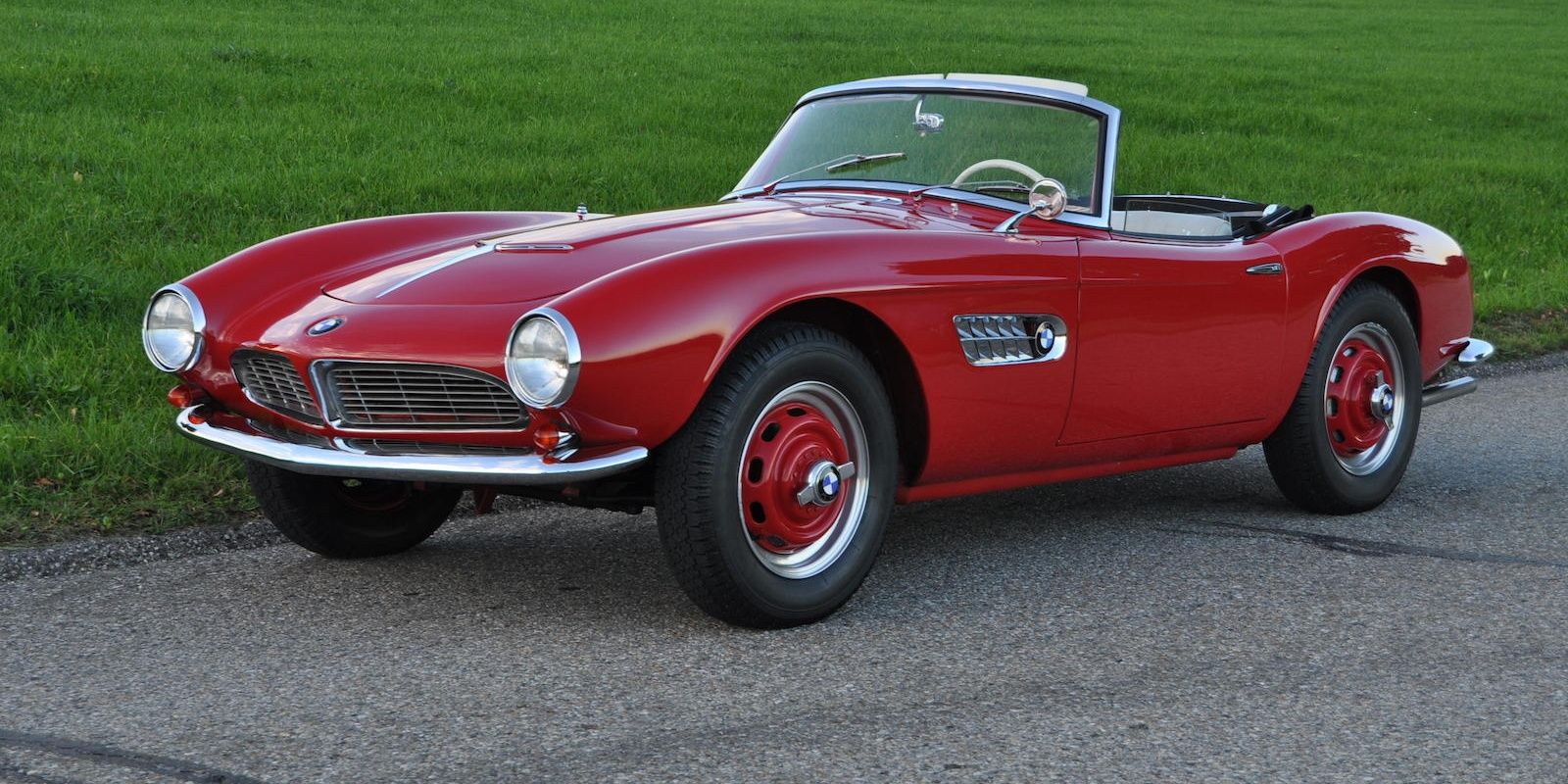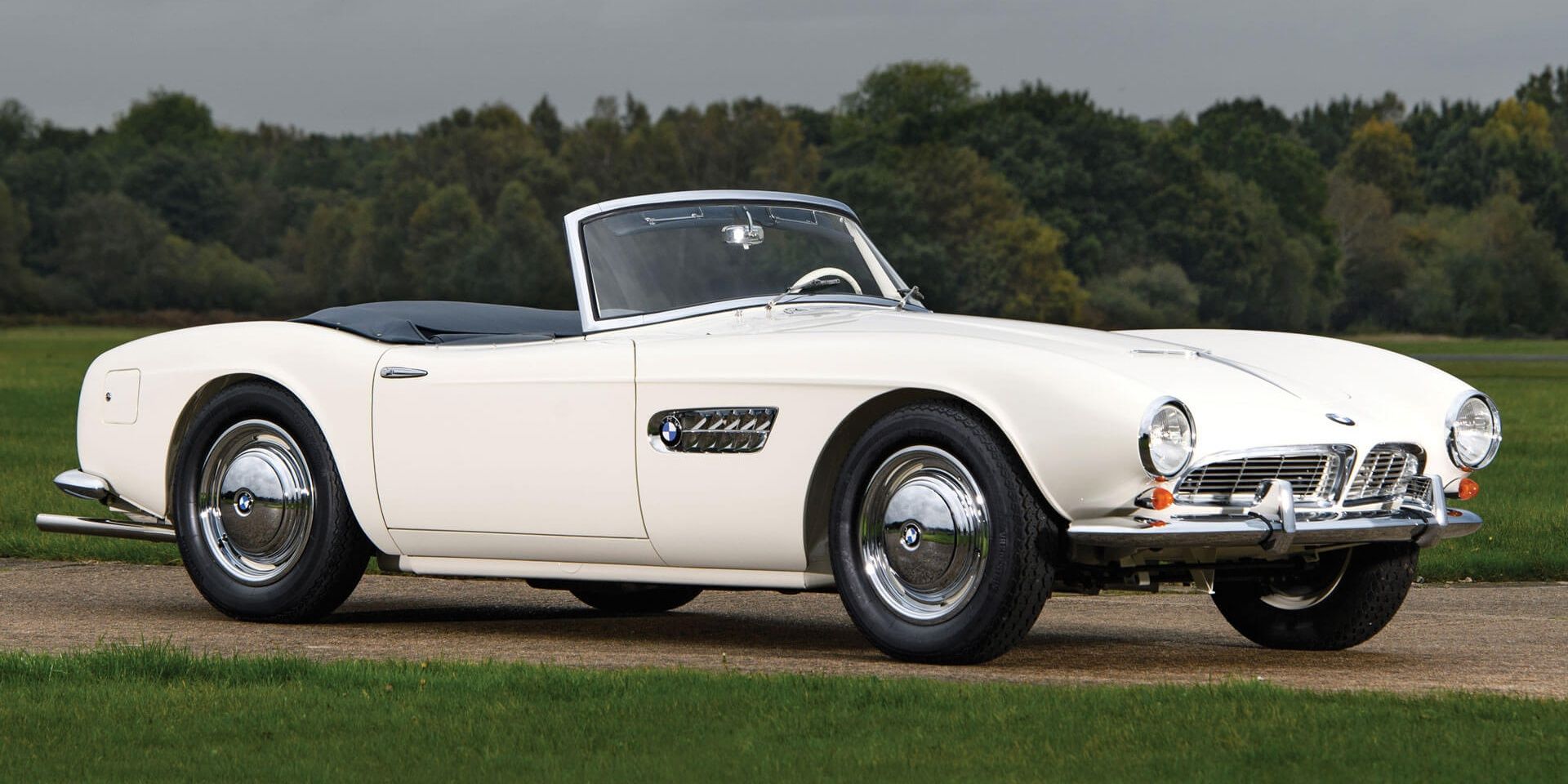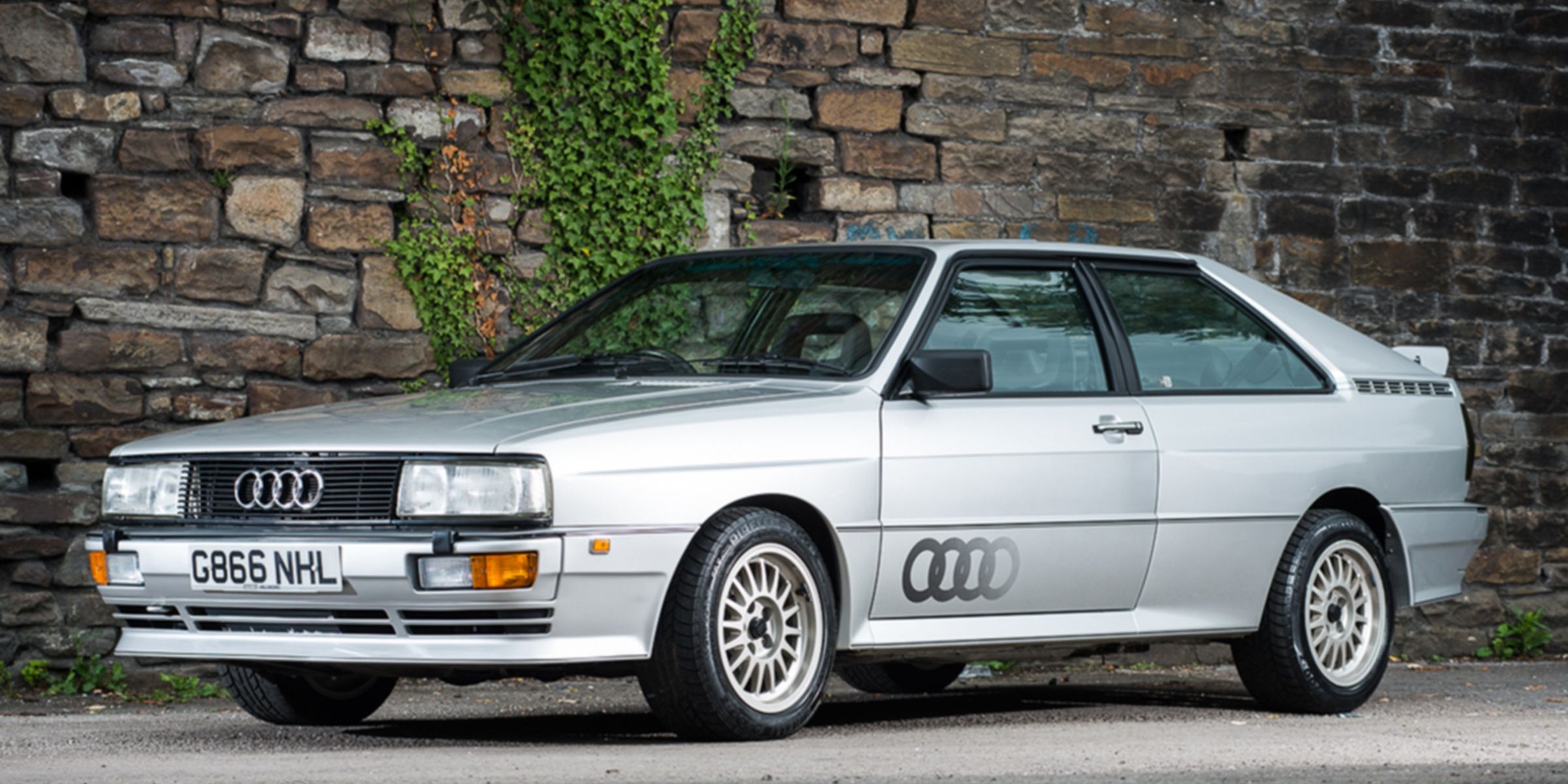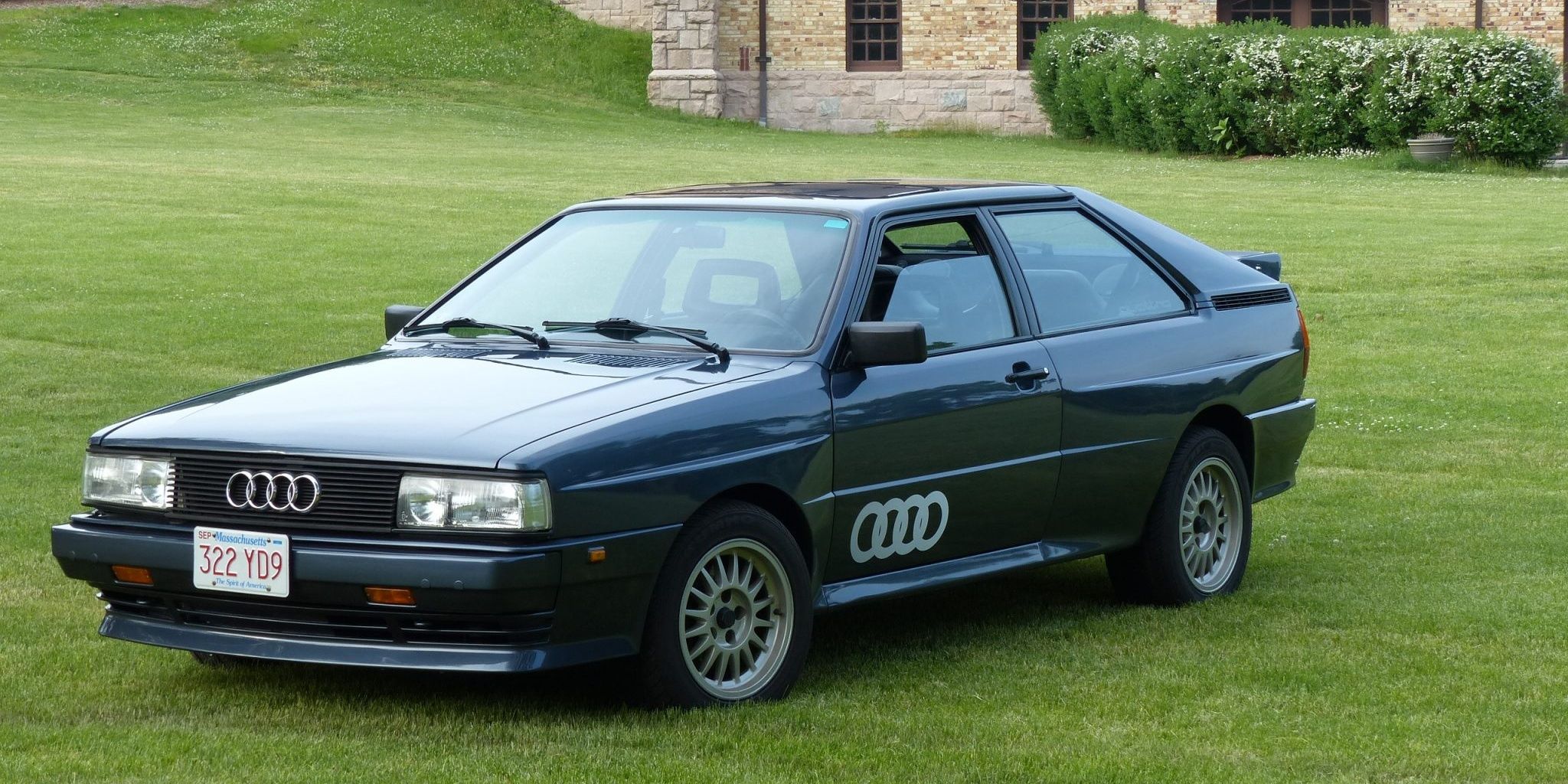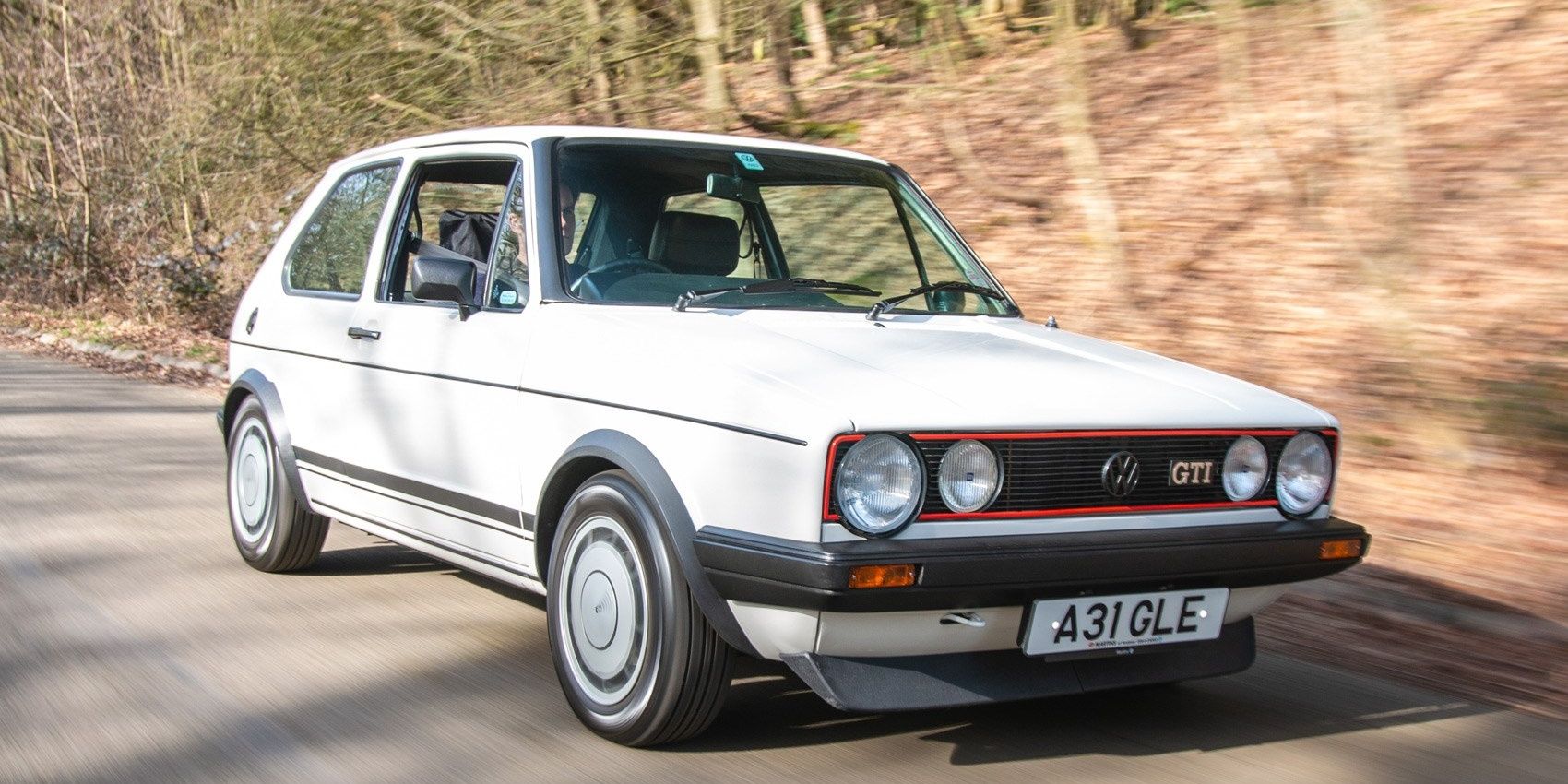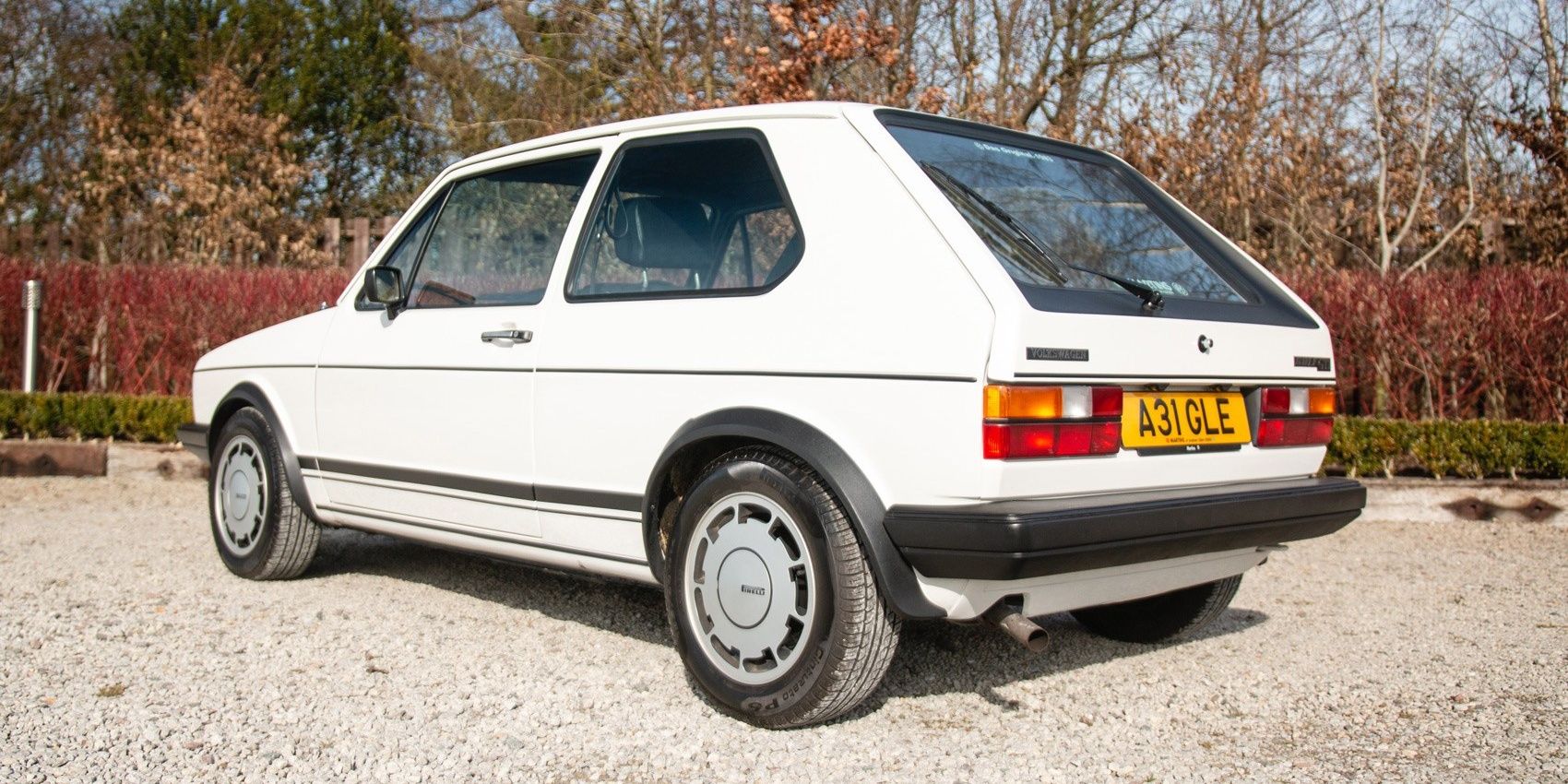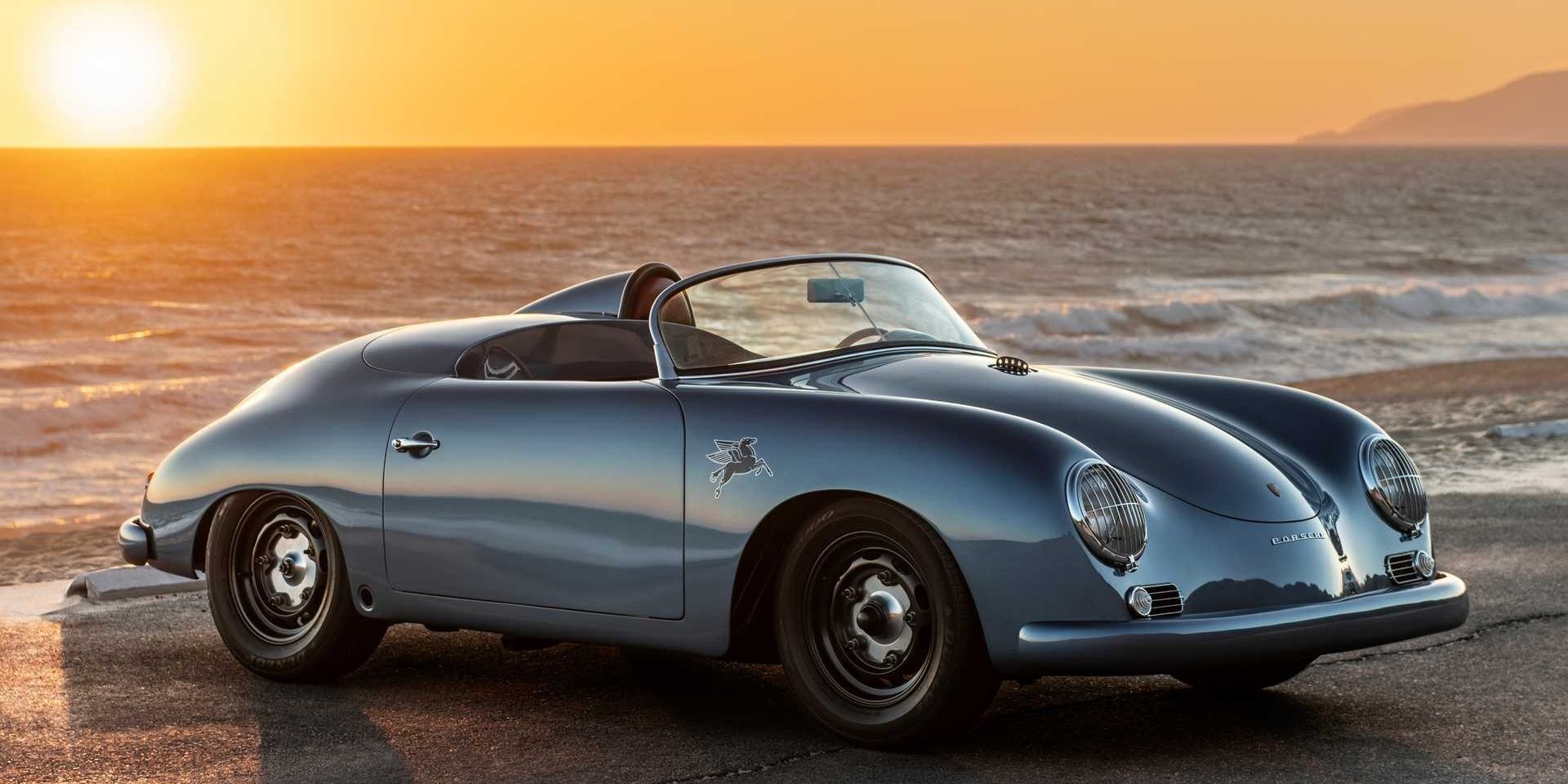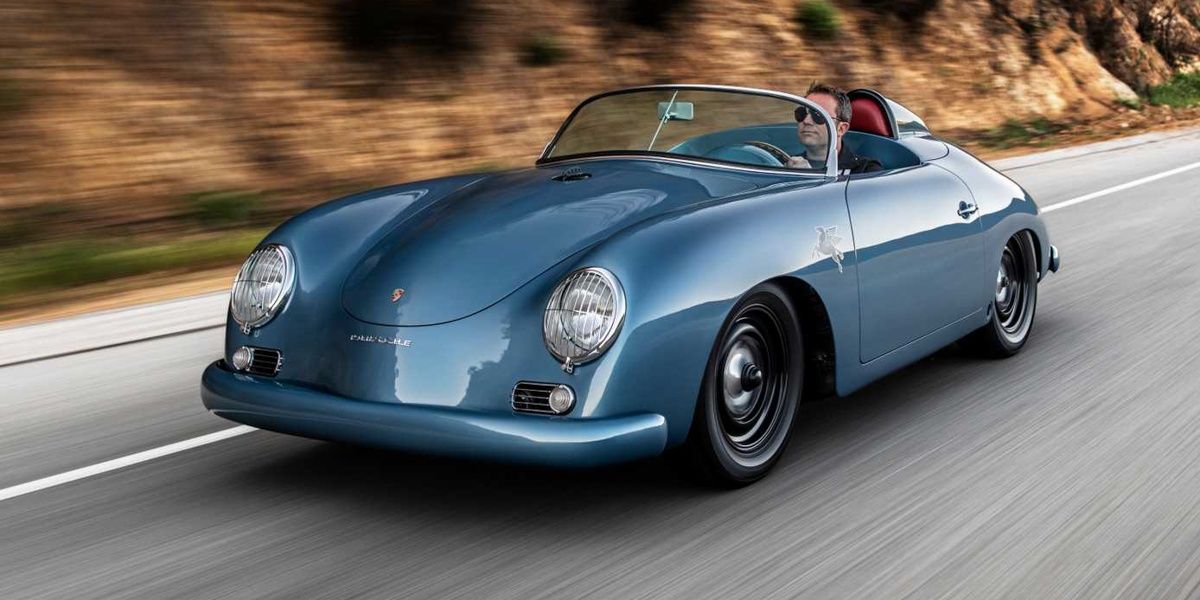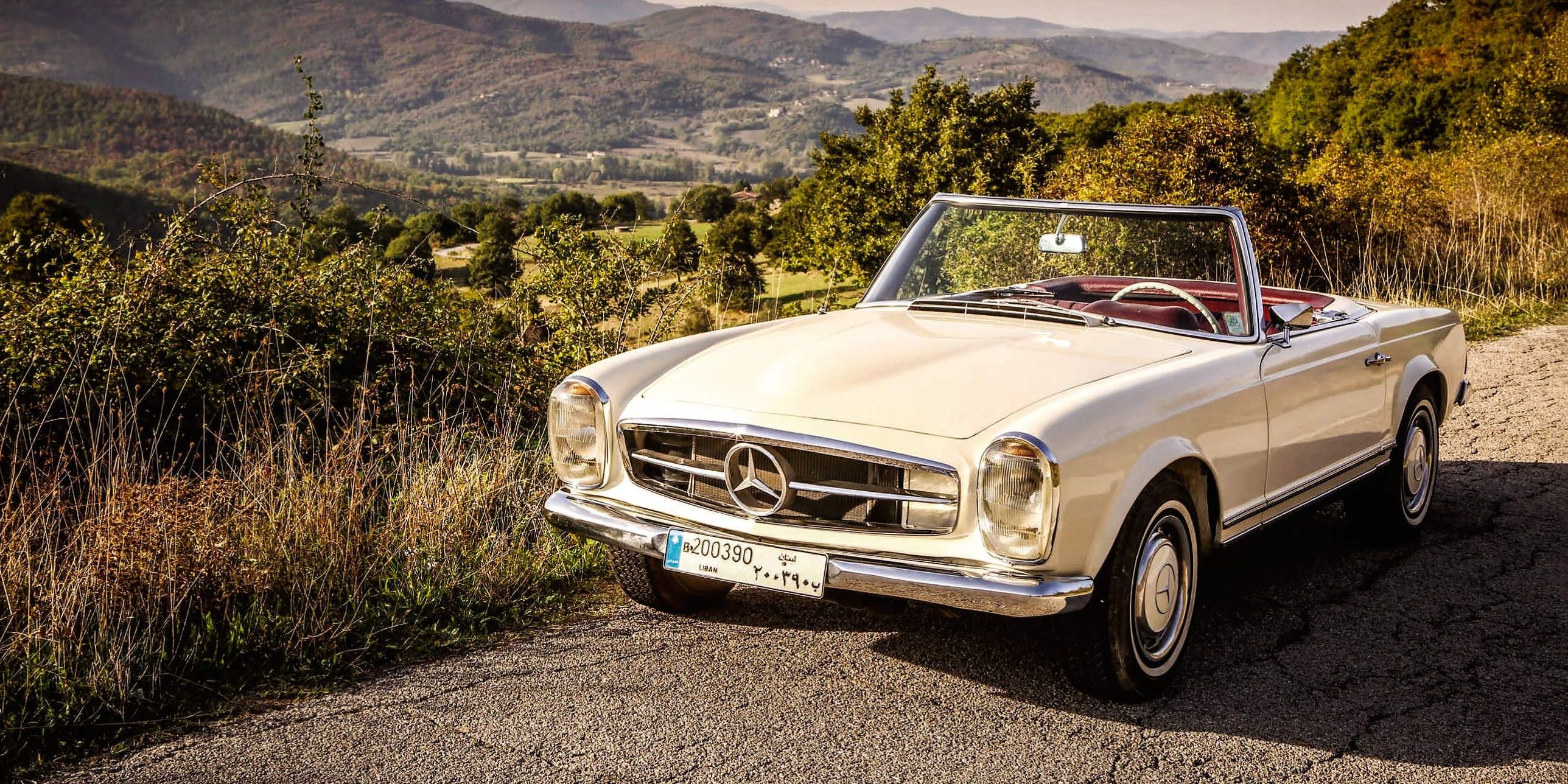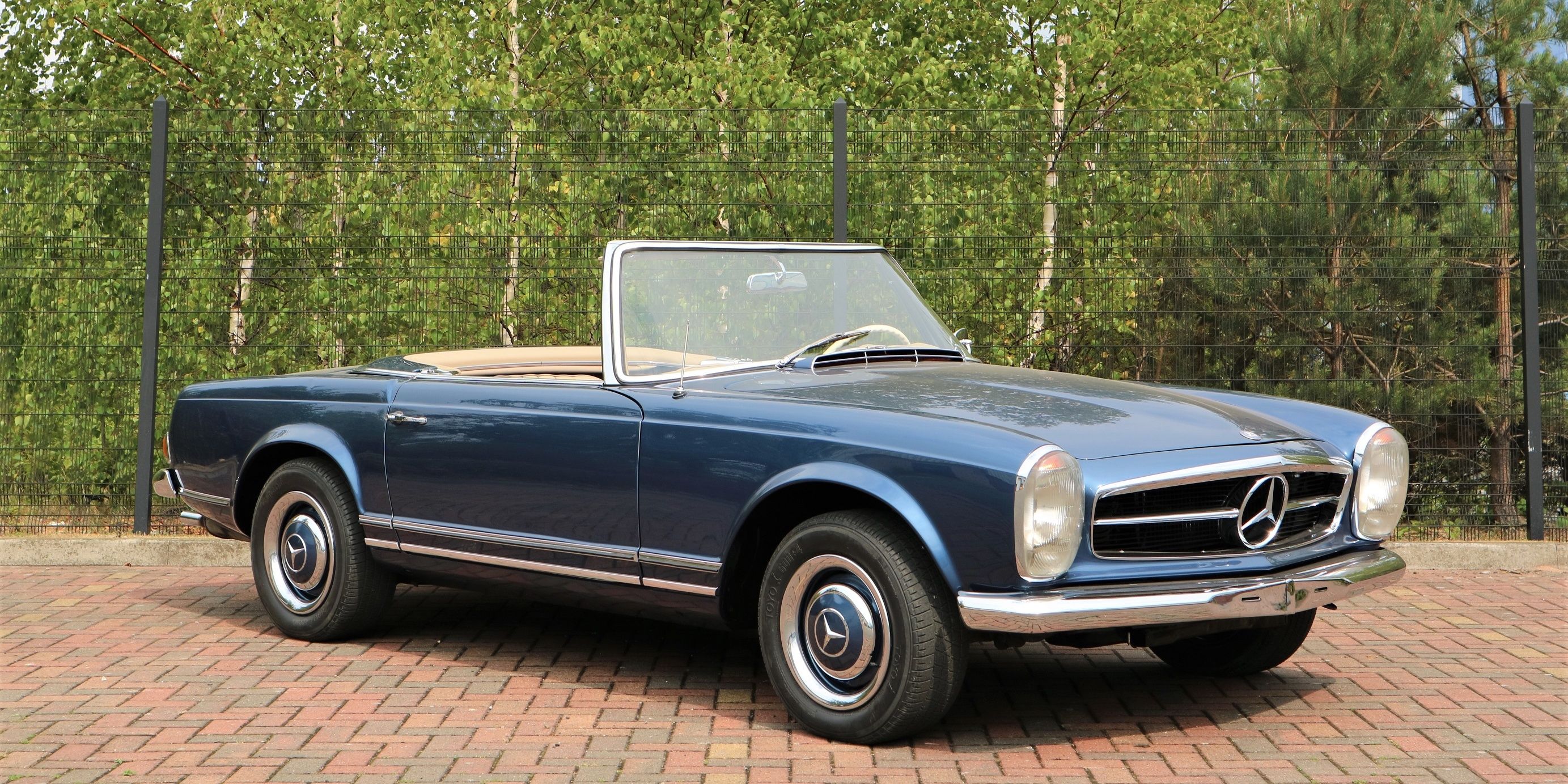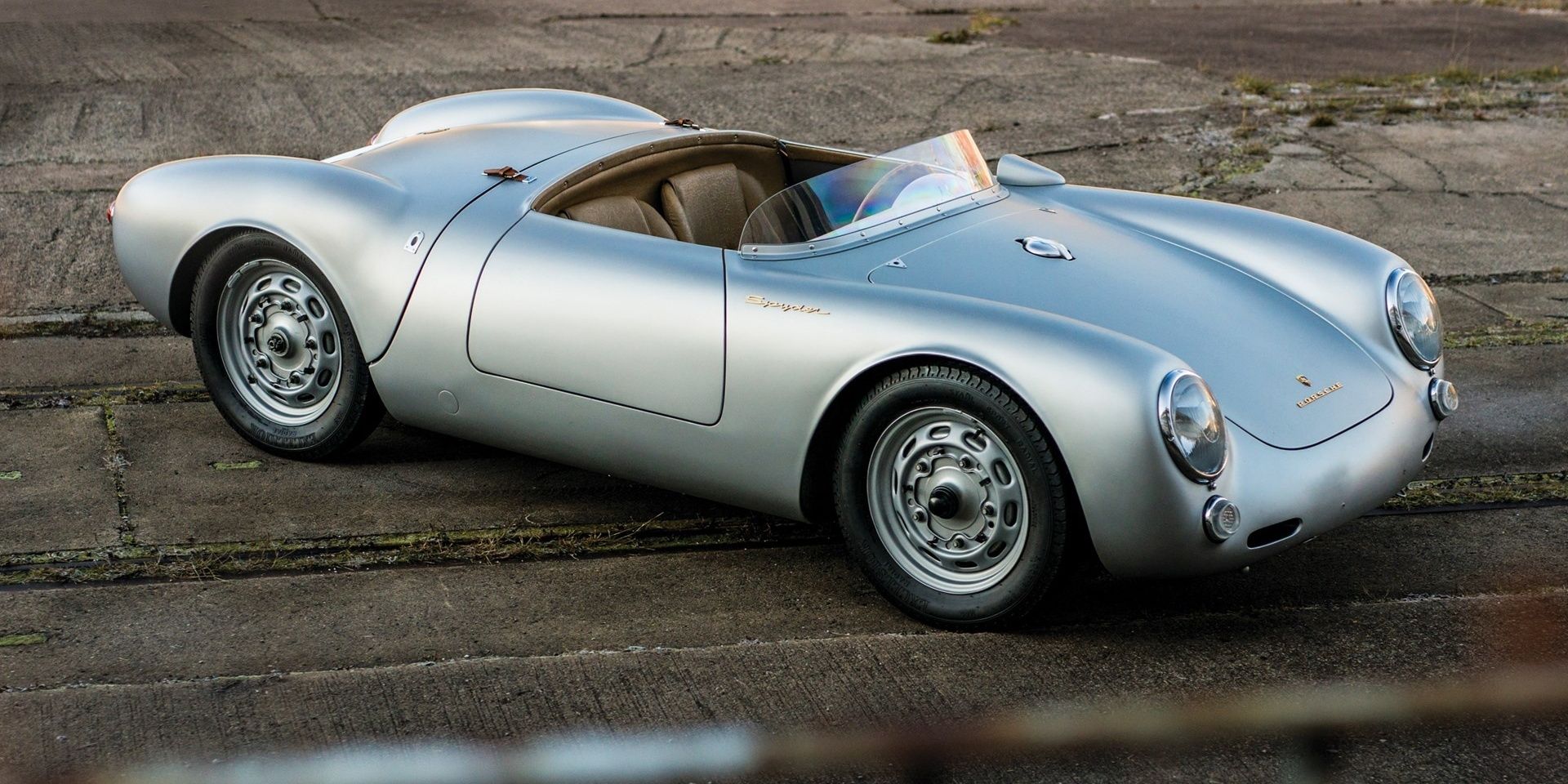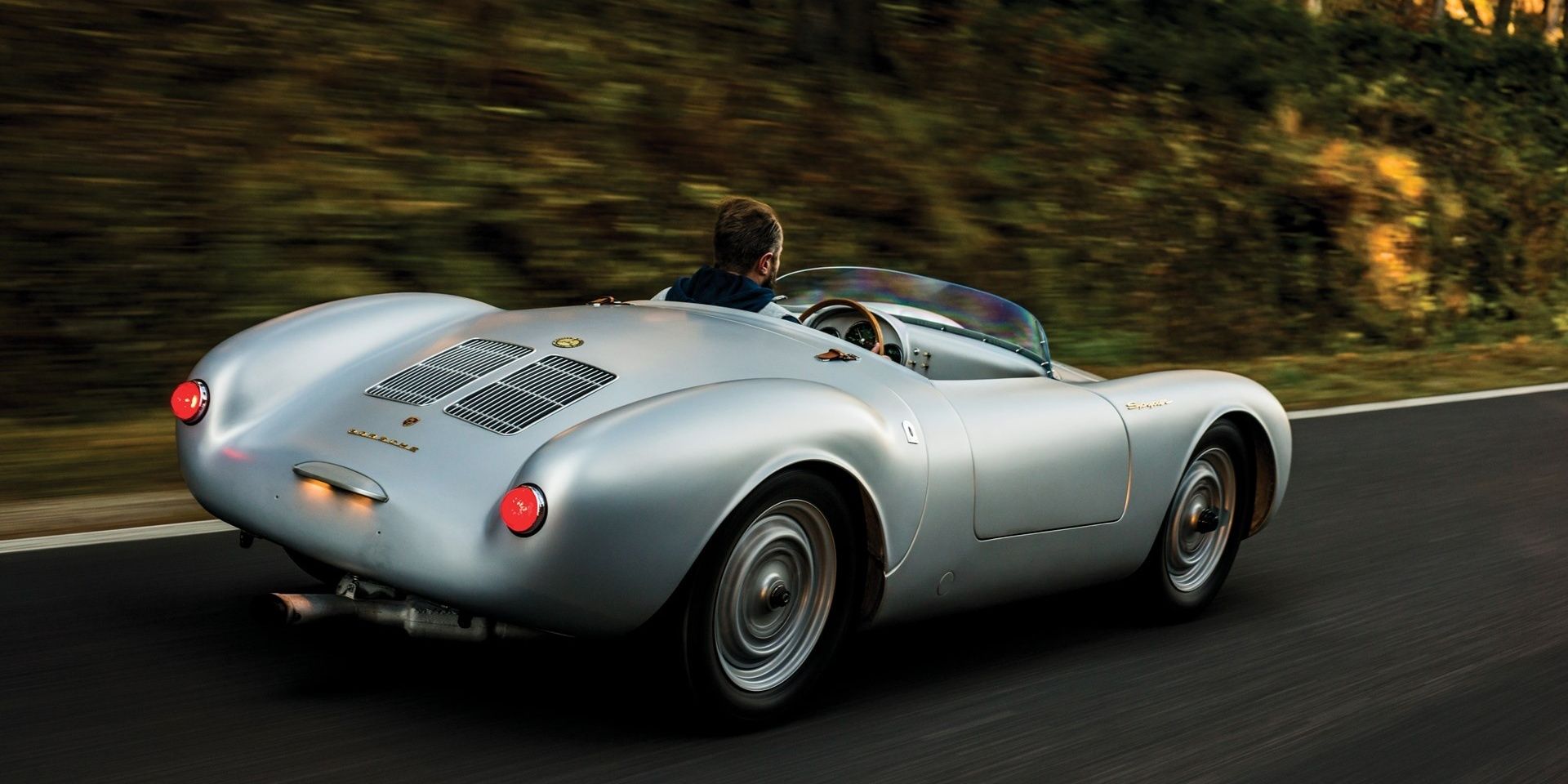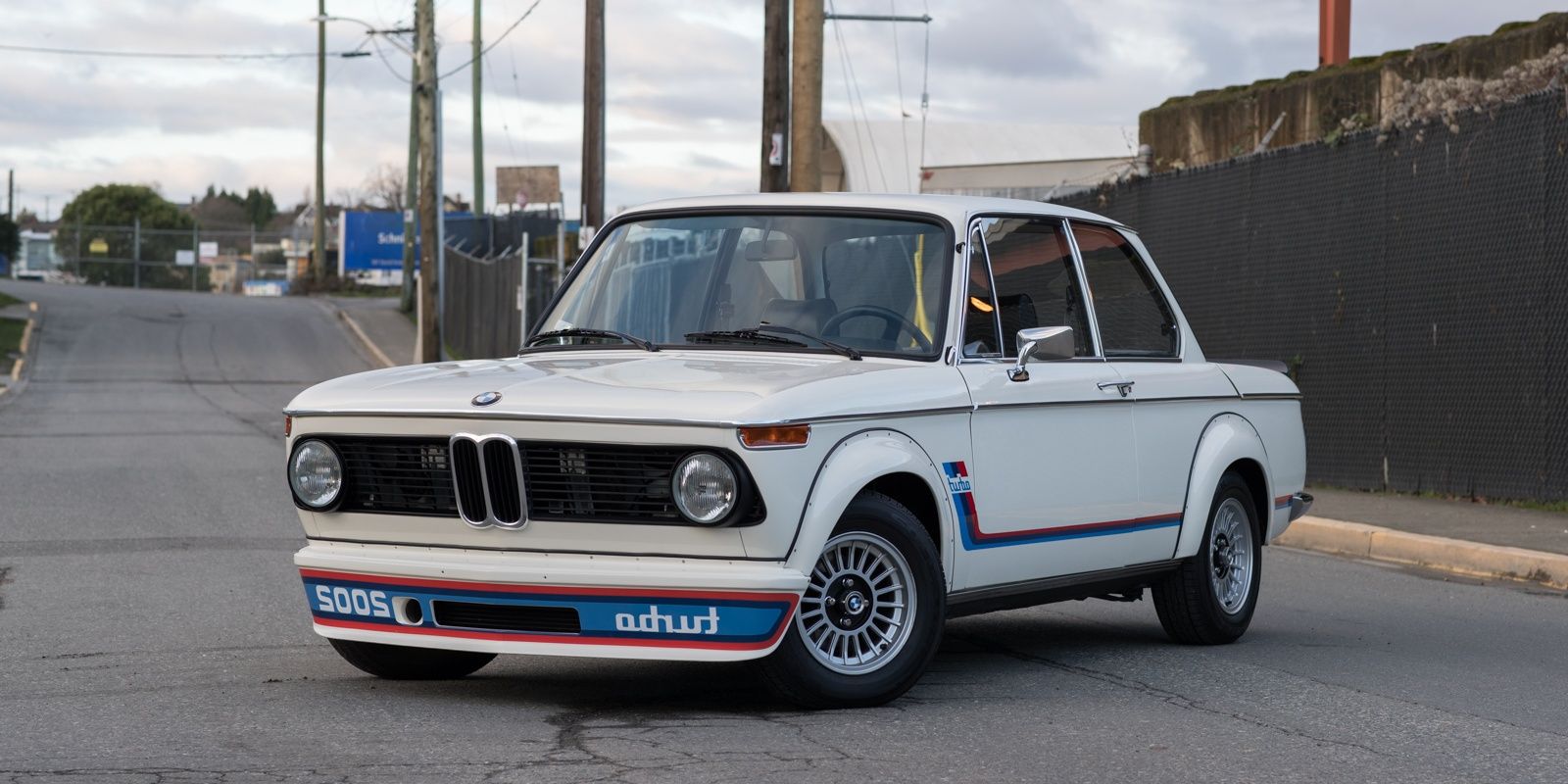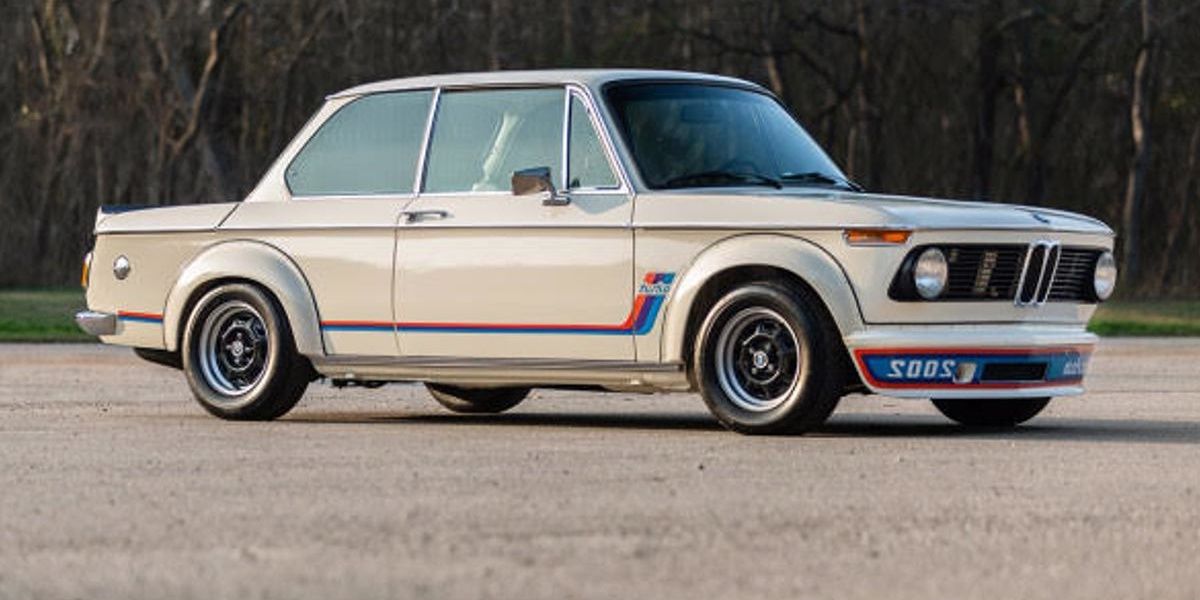When it comes to crazy performance in classic cars, Germans have a rich portfolio with a plethora of fantastic items. They have built many sports cars in their history, and some of them are still known as a piece of art even decades after their release. It's safe to say that making sports cars with outstanding performance is in German manufacturers' DNA. Ferdinand Porsche, the legendary German automaker, says, "I couldn't find the sports car of my dreams, so I built it myself."
It is difficult to extract only 10 items from the long list of German classic sports cars, but without demeriting others, the following cars are the most worthy of being on this list.
10 Porsche 911 Carrera RS 2.7
The 911 by Porsche is a special name in sports car history that has been produced since 1963, and it is still ready to race. Back in the 1972 Paris Motor Show, Porsche debuted the Carrera RS 2.7 as the fastest version of 911 at the time. It was the first race version of 911 that sold to the public with some modifications.
RS 2.7 is the manifestation of high-performance and great handling, and it is somehow the upgraded version of the 911s 2.4. There was a 2.7-liter engine under the hood that could produce 210hp and a maximum torque of 188.0 ft-lbs with a top speed of 150 mph. It could reach from 0 to 60 in 5.6 seconds.
9 Mercedes-Benz 300 SL
The Mercedes-Benz 300 SL story began in 1952 when Daimler-Benz decided to develop a car for racing at Mille Miglia. The result was a car called the 300 Superlight, which was later renamed 300 SL. A year later, the development of the street version of 300SL began.
The Mercedes-Benz 300 SL street version was produced from 1954 to 1963, and after the Aston Martin DB4 GT, it was the fastest car in the world. Even with the modern standards and many fantastic new cars, the Mercedes Benz 300 SL's design is still beautiful. The gull-wing doors in the coupe model are the signature of 300 SL, and this type of door is still in use at SLS AMG. Meanwhile, 300 SL has the world's first engine with a fuel injection mechanism.
8 Opel GT
The Opel GT, also known as "Baby Corvette," was the first sports car by Opel that came to production in 1968. The car was based on a concept called "GT Experimental GT" that debuted in the 1965 Frankfurt Motor Show.
Buyers could choose between two engine variations—the basic model with a 67hp engine and a more powerful model with 102hp. The pop-up headlights at Opel GT had an interesting mechanism in which the driver could manually adjust them with a lever, and they rotated in the same direction. The Opel introduced the second generation of its GT in 2007, but it couldn't be as specific as the original model. Opel also debuted the concept of a new GT at the 2016 Geneva Motor Show.
7 BMW 507
Although the BMW 507 was a complete failure in sales, it is one of the most iconic cars that has ever been built by a German automaker, and now costs millions in the classic car market. The 507 model was initially intended to conquer the U.S. market, and Max Hoffman, the man who brought the Mercedes Benz 300 SL to the United States, was the main incentive for BMW to develop the car.
With a 3.2-liter V8 engine and excellent aerodynamics, the BMW 507 seemed irresistible, but even popularity among artists like Elvis Presley couldn't justify its high price. BMW ended production of the 507 in 1960, just four years after its launch. Of course, the BMW 507 later became the source of inspiration for BMW to develop cars such as the Z4 and Z8.
6 Audi Quattro
The background of the all-wheel-drive (AWD) system goes back to Audi and its Quattro model. At the 1980 Geneva Motor Show, Audi unveiled a car named "Quattro," which was the first car from the brand that offered a four-wheel-drive system combined with a turbocharged engine. The name "Quattro" in Italian means four, and it matches the characteristics of the car.
The original cars are now called "Ur-Quattro" to distinguish from Audi's all-wheel-drive technologies. It's interesting to know that the Audi Quattro led changes to rally rules, and rally cars were allowed to use the four-wheel-drive system after the Quattro's success. The Audi Quattro won several World Rally Championship titles. At the 2010 Paris Motor Show and 2013 Frankfurt Motor Show, Audi unveiled the new Quattro concepts.
5 Volkswagen Golf Mk1
Golf is currently one of the most popular sports hatchbacks globally. The first generation of this car, the MKI, was launched in 1974, and its excellent sales helped Volkswagen escape the financial crisis of the early 1970s. The car was initially available with a 1.1-liter 50-horsepower four-cylinder engine and a 1.5-liter four-cylinder 70hp. A 4-speed manual transmission was also standard, but buyers could order a 3-speed automatic transmission too.
Simplicity and attractive harmony in design made the Mk1 stand out. This car was designed by Giorgetto Giugiaro, a famous Italian designer who had designed cars such as 1966 Maserati Ghibli and Iso Grifo. It's safe to say that the VW Golf Mk1 redefined the concept of sports hatchback cars, and with more than 35 million unit sales since 1974, it is going to push more boundaries.
4 Porsche 356 Speedster
Much of Porsche's reputation for making sports cars is due to the 356 Speedster. This car was produced from 1948 to 1965 and was one of the cars designed by Ferdinand Porsche himself and continued by his son, Ferry Porsche. The 356 Speedster was initially produced in Austria, but its factory moved to Zuffenhausen in Germany, and production accelerated.
Again, Max Hoffman encouraged Porsche to introduce a cheaper sports car to the US market. The Porsche 356 Speedster aimed to be the more affordable version of the coupe and cabriolet. As a result, much of the equipment was removed, and there were changes in design. The use of aluminum in the body had significantly reduced the weight of the car and made it an ideal choice for racing.
3 Mercedes-Benz W113
The Mercedes-Benz 300SL was a masterpiece in every sense, but companies are more cautious when it comes to profit. That's why Daimler-Benz decided to introduce a model with similar features but at a much lower price. The Mercedes-Benz W113, known as "the Pagoda," was introduced in 1963 as the replacement of the 300SL, and it came in 230 SL, 250 SL, and 280 SL.
In many ways, the Mercedes-Benz W113 has been recognized as the first Mercedes-Benz safety product. Extensive use of chassis breakpoints to absorb shocks, eliminate sharp-angled corners, and round the interior like the W111, provide a secure and sturdy structure for the W113. Also, to make the final structure lighter, the hood, the trunk, the side doors, and the roof were made of aluminum.
2 Porsche 550
The Porsche 550 is the most iconic car Porsche has ever produced. The car made its first debut at the 1953 Paris Motor Show, and it was designed for racing purposes only. In the first official competition in 1953, the Porsche 550 won the Nurburgring Eifel Race. Lightweight, excellent aerodynamics, and sufficient engine power all make the Porsche 550 one of the best racing sports cars in history. Later, the 718 models replaced it.
There was a 110hp engine under the hood that provided enough power to propel the 550 kg car. Due to limited production, Porsche 550 now costs millions. At an auction in 2016, Jerry Seinfeld sold a 1955 Porsche 550 Spyder for $5.35 million.
1 BMW 2002 Turbo
The BMW 2002 is the result of BMW's transition from 1.6-liter to 2-liter engines in the early 1970s. The 2002 BMW Turbo is the most powerful version in the family, introduced in the 1973 Frankfurt Motor Show. It is known as the first turbocharged car by BMW and the first mass-produced turbocharged vehicle in the European market.
The car was equipped with a 2-liter engine that could produce 170 horsepower, which was 40 horsepower more than the 2002 tii model. The 02 series designed by Giovanni Michelotti, former Ferrari and Maserati designer. The European oil crisis in the 1970s caused the production of the BMW 2002 Turbo to stop after producing only 1,672 units.

